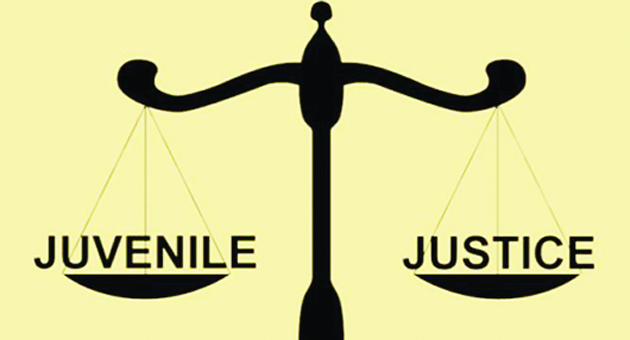Kashvi Garg
“Children are the future of our society,” as is frequently stated. Children deserve laws that prioritise their protection and well-being as they are the future of society and a vulnerable segment of the same. How society decides to raise these children through devising laws that govern them determines its future.
Evolution of the Juvenile Justice Act
The Juvenile Justice Act of 1986, which was preceded by the Children’s Act of 1960, attempted to provide a consistent juvenile justice law for India as a whole. The Juvenile Justice Act of 2000 followed, focusing on juveniles’ rehabilitation and establishing the Juvenile Justice Board. Following the tragic Nirbhaya rape case in 2012, in which one accused was a ‘child in conflict with the law’, there was fresh pressure to overhaul the system radically.The Juvenile Justice Act of 2015 superseded the Act of 2000 with amendments as late as in 2021 and is in force today.
Juvenile Justice System is relevant not only for the children of this society but also for the lawmakers and the community’s stakeholders. The Nirbhaya case instigated heated debates in the parliament, which were closely followed by the common public. According to the amendment, anyone above the age of 16 can be treated as an adult and, can be tried as one, if they have committed a ‘heinous crime.’ There was much talk on the subject. Punishment for these children was viewed with a twofold lens. Some questioned the law itself, believing it to be unjust whereas others applied the maxim of ‘Dura Lex Sed Lex’meaning, ‘the law is harsh, but it is the law.’ Discussion among people in power and the public is essential to iron out the wrinkles and address loopholes in the law which ultimately lead to stronger legislation.
From a child’s birth till the age of maturity
According to the Juvenile Justice Act of 2015, a ‘child’ is an individual who hasn’t completed the age of 18. The Act provides multiple provisions for ‘children in need of care and protection’ some of which include, adoption, foster care, sponsorships and aftercare.
Adoptions and Foster Care aim to provide a child with expanded opportunities for their future. Among other things, safe homes and neighbourhoods, healthy living, and positive social and emotional feelings are also why these institutions are of importance. The two differ from each other on the basis of parental rights and permanency. Further, an aftercare programme is established to care for adolescents or children who have left particular institutions or children’s homes to ease their shift from an institution-based life to mainstream society.
Written words never fail to acquaint us with the benefits of institutions and provisions. However, we should attempt to read between the lines and familiarize ourselves with ground reality. Now, not all Child Care Institutions (observation homes, shelters, special homes etc.) are registered under law. Unregistered facilities expose children to substandard care, physical assault, sexual abuse, and trafficking. This can be backed by multiple incidents in the recent past.
Institutions like Child Welfare Committees, State Child Protection Society, District Child Protection society, which have been established solely to ensure proper implementation of the Act are trying to tackle these issues but they continue to persist. Perhaps, we should ponder why, despite of various provisions viz.
The Immoral Traffic (Prevention) Act, 1956 (ITPA), The Protection of Children from Sexual Offences Act, 2012 (POCSO), The Child Labour (Prohibition and Regulation) Act (1986, amended in 2016), are children’s rights stillinfringed. However,it is important to acknowledge the remedies these legislations offer to ensure justice. For example, initiatives like ‘TrackChild’ for missing children, ‘CARINGS’ for Adoption (both of which are digital portals), Child Helpline (1098), Children under PM CARES for Children Scheme, among others. Nevertheless, don’t we owe it to the children of our society, that their rights shouldn’t be curtailed in the first place?
Moreover, while appreciating the already specified provisions under the Act, it is of utmost importance to analyse its existing frameworks and to find the gaps that it isn’t able to address. As stakeholders of the community, it is pertinent for us to understand the rubric which governs the future of society, and urge the authorities to regulate aforementioned institutions and confront persevering predicaments of children.
Trending Now
E-Paper


